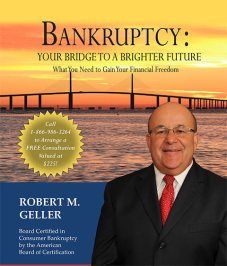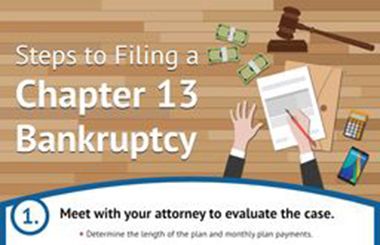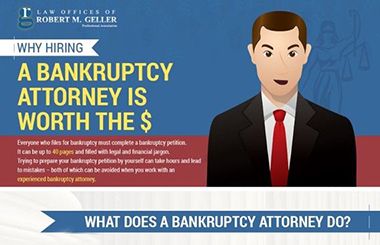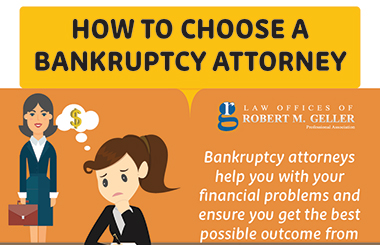Financial challenges can come at any point in life. Many younger people are struggling with money because of student loan debt, while people in their prime earning years might find themselves laid off from a job and embarking on a whole new life. It’s even possible to face financial struggles later in life, just as you are planning to relax and enjoy your retirement.
The good news is bankruptcy is an option at any point in life. If you find yourself facing financial struggles, whether you’re 27 or 70, bankruptcy is available to help you get back on track.
Now more than ever, retired Americans are using bankruptcy to help them manage financial issues. Some studies show people 65 and over are the fastest growing group of people filing for bankruptcy. As Baby Boomers move into their retirement years, carrying their debt and other issues with them, they are turning to bankruptcy as a solution to their problems.
In many cases, filing occurs because of medical debt, but it’s also common for retired individuals to file because of credit card or mortgage debt.
Is the Bankruptcy Process Different When You’re Retired?
The bankruptcy process is virtually the same regardless of your age. It begins with credit counseling, followed by a determination of which type of bankruptcy (Chapter 7 or Chapter 13) is right for you. Then you’ll fill out all of the necessary paperwork and submit it to the court. You’ll attend the meeting of creditors and complete the financial management course. If all goes as planned and you meet your obligations, your debts will be discharged or you’ll begin making payments through your payment plan.
This is a general overview of the bankruptcy process for everyone, regardless of whether they are working or retired.
Despite there being no retirement specific bankruptcy laws, there are a few things you should consider when you’re filing as a retired person.
For example, retired people tend to have income that is protected. This means it’s exempt from garnishment and might not even need to be counted toward a person’s total income when completing the bankruptcy means test. Social security is an example of protected income. It cannot be used against you and it is safe from wage garnishment.
To learn more about how social security is handled in bankruptcy, check out this article from Nolo.com.
It can be tough for a retired person to afford a repayment plan, so most of the time, Chapter 7 is the better option. This isn’t always the case, so you’ll want to discuss your specific circumstances with your bankruptcy attorney.
Despite having limited income as a retired person, you might have accumulated property of substantial value. Make sure you share information about all of your property with your bankruptcy attorney and discuss finding ways to protect it when you file for bankruptcy.
Retired and Considering Bankruptcy? Here’s What to Do Next
Filing for bankruptcy is always a complicated process, but it can be especially so for older people who are no longer in the workforce. It’s important to work with an experienced professional who understands your situation and can help you make the best decisions based on your circumstances.
You can estimate whether you qualify for a Chapter 7 bankruptcy with the free calculator below.
For more information or to discuss whether bankruptcy is right for you now that you’re retired, contact the Law Offices of Robert M. Geller at 813.254.5696 to schedule a consultation.



























![Signs That You May Need to File Bankruptcy [Infographic]](https://djml3wkzi26ea.cloudfront.net/wp-content/uploads/2021/01/signs-chap7-v-chap13.jpg)
![How To File for Bankruptcy [Infographic]](https://djml3wkzi26ea.cloudfront.net/wp-content/uploads/2020/07/bankruptcy-steps-infographic-web.jpg)










